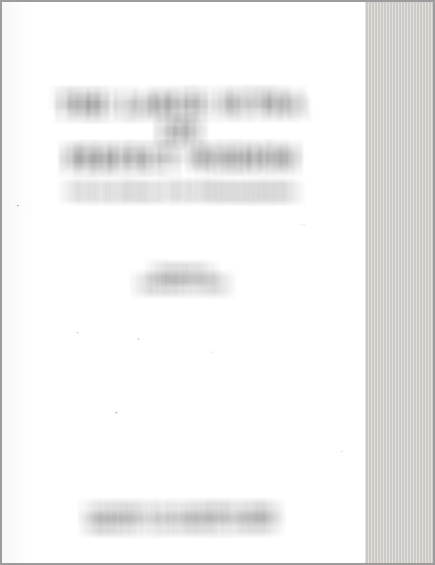Sundara Ramayana (translation and study)
by T. N. Jaya | 2004 | 76,950 words
This is a study and English translation of the Sundara Ramayana—a Sanskrit Kavya consisting of seven books having 1209 verses composed by the 20th century author Sri Sundaresa Sastri. It represents a condensed version of the original Valmiki Ramayana....
Part 1 - Biography of the Author (Sri Sundaresa Sastri)
CHAPTER I BACKGROUND OF THE AUTHOR Sri Sundaresa Sastri, the author of Sundara Ramayana was the grandson of Sri Venkatesvara of Kausika Gotra'. The latter had a daughter and two sons. The eldest son was Sri Rajagopalan who was highly esteemed for his good qualities2. The second son of Sri Venkatesvara was Subrahmanya who was also held in high respect and one (who developed ascetic qualities3. He married Janaki belonging to Srivatsa Gotra who hailed from the family of an erudite scholar who was said to have written a commentary on Vyakarana Mahabhasya. THE BIOGRAPHY OF THE AUTHOR Sri Sundaresa Sastri, the author of Sundara Ramayana was born. to Sri Subrahmanya and Smt. Janaki in the year 1891. He hailed from Tirugokarnam3, Pudukottai District, Tamil Nadu. He is said to have composed this work by the grace of his Guru. Sri Sundaresa Sastri had his education at Pudukottai under great preceptors like Sri. Ramacandra Ganapathi and Sri Sama Ganapathi who were profound Vedic scholars. Babu Diksita, son of Narayana Diksita, was his disciple. His other disciples were Tambu, Ramu and 1
Raju. Sri Sundaresa was an erudite scholar. It appears that he was conferred the title 'Asukavi' by Sri Candrasekharendra Sarasvati, Paramacarya of Kanci. He was a receipient of grants from the Govt. of India. He was honoured by Srngeri Sarada pitna. Sundaresa was working as an 'Agama Sastri' in the Araikasu Sri. 'Brhadambal' Temple of Thirugokarnam'. He had two sons and two daughters. He lived in 'Nemattampatti', 18 Km away from Karaikudi in Sivagangai district and 27 Km away from Pudukottai. He had mastered the Vedas, Sastras etc., in his childhood. He was very much interested in ancient heritage and Hindu culture. He was well versed in the Sastric way of learning. He was very much interested in teaching Vedas and Sanskrit to poor children. He was the repository of all good qualities which gained him admiration and respect from his relatives, friends and neighbours. He led a simple life with a philanthrophic attitude. He could compose poems spontaneously. He had no mastery over English language, and this was much resented by him for he felt that his works would have been appreciated and become popular, had they been rendered into English. He was the pillar behind the success of many people. He passed away in the year 1978 at the age of 877. 2
